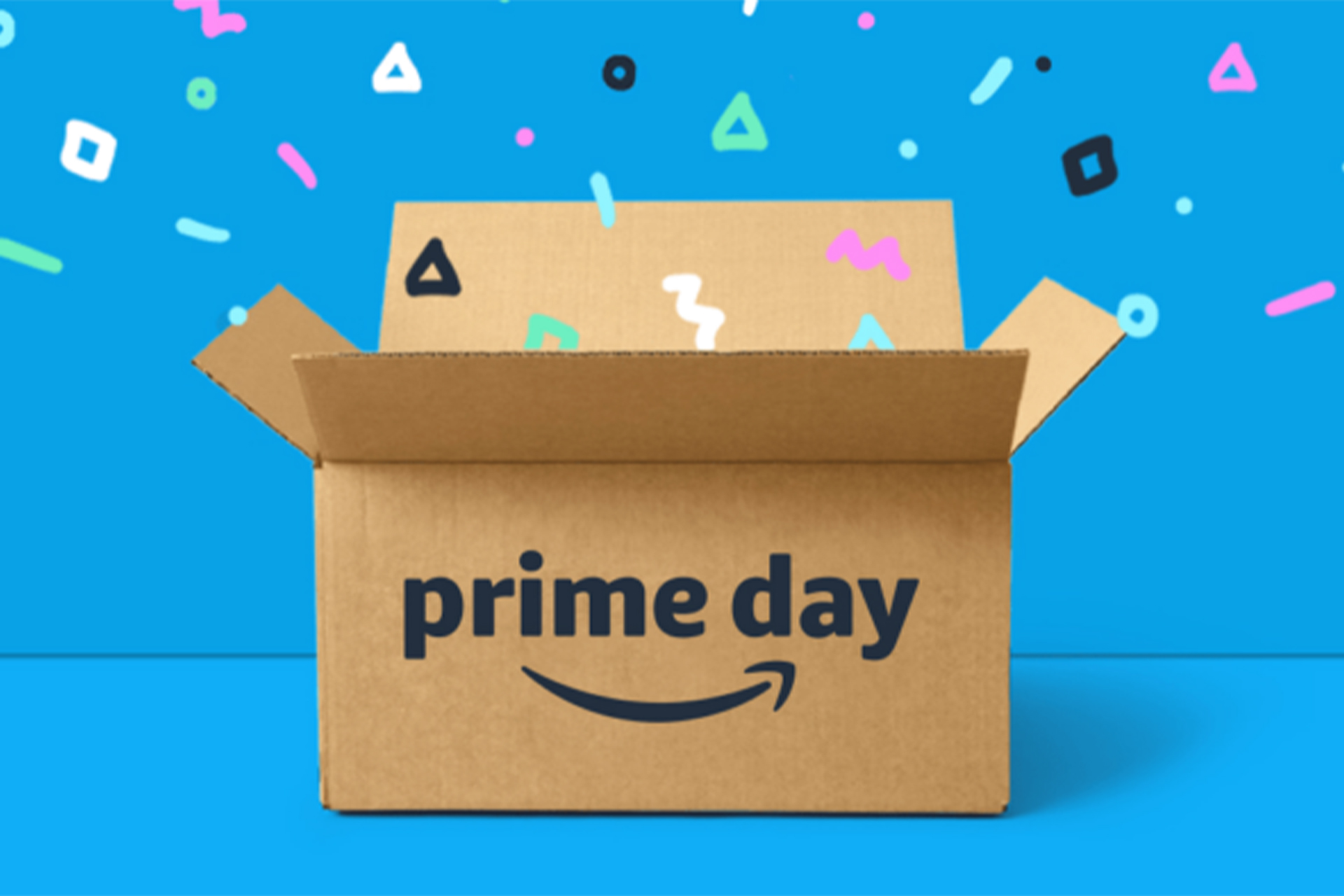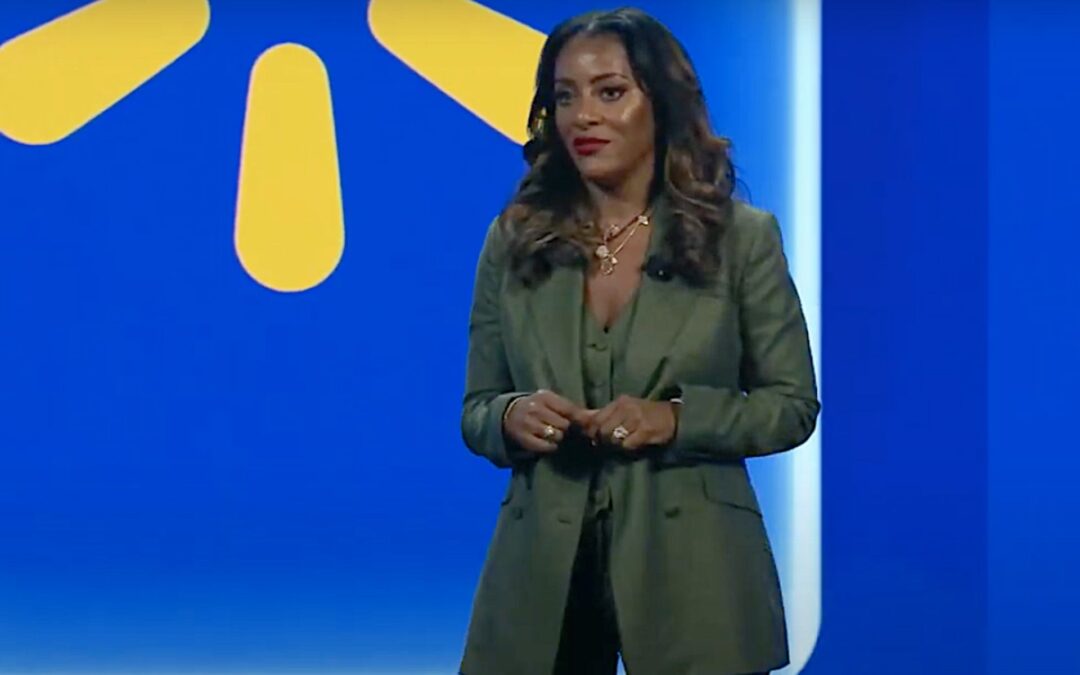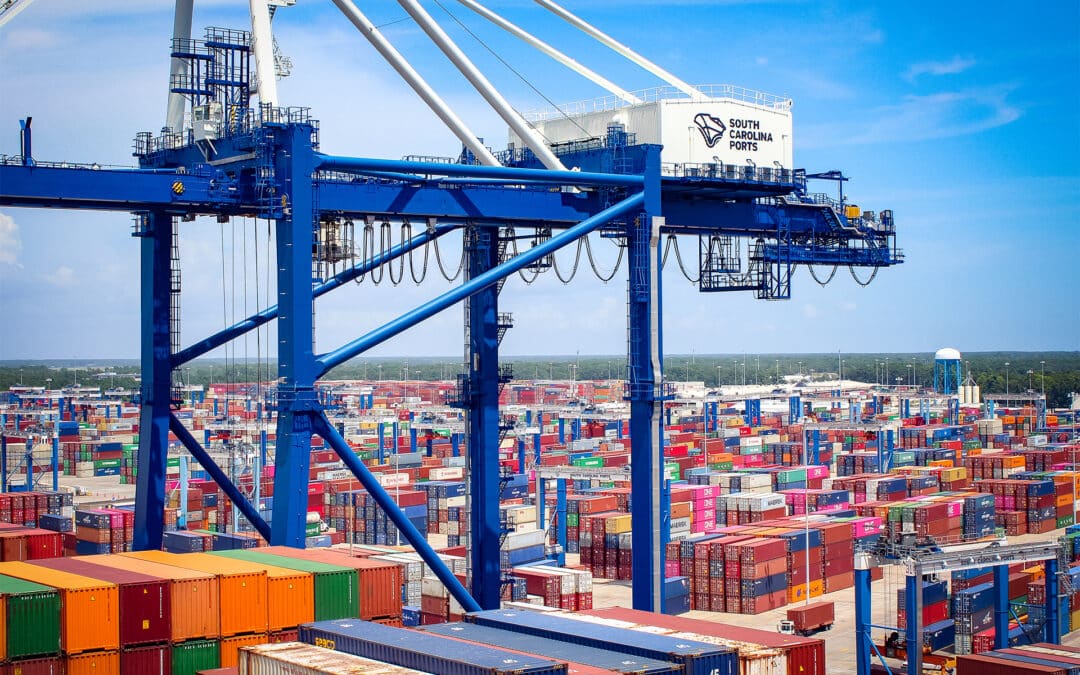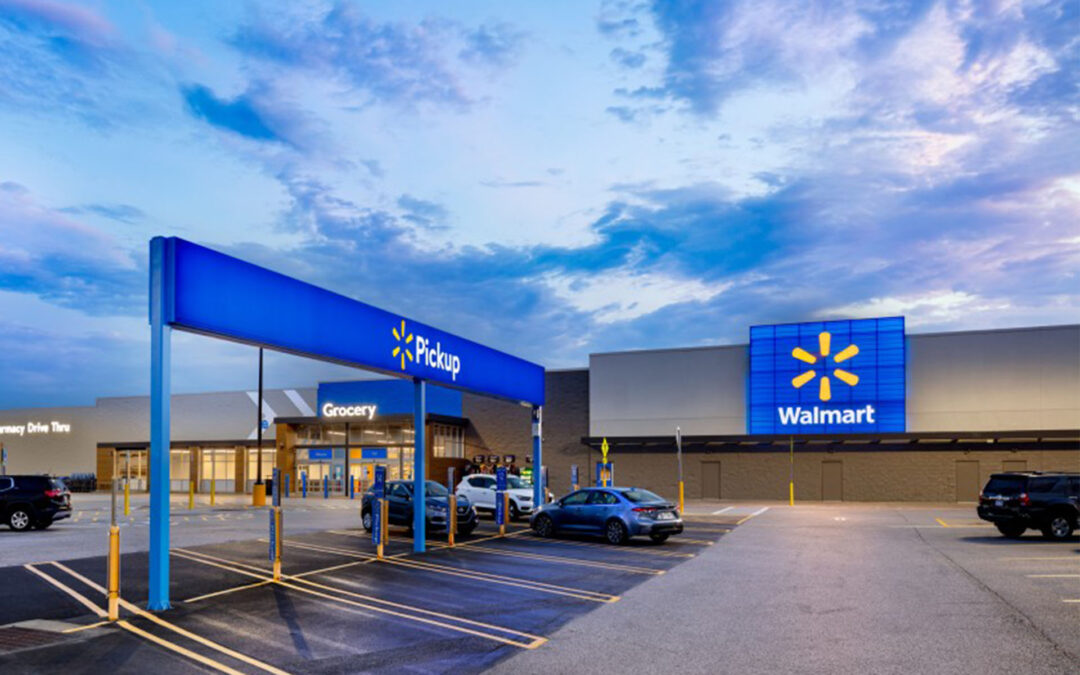Market researcher Kearney described the consumer response to Amazon Prime Day as “tepid.”
According to Kearney Consumer Institute lead Katie Thomas, Prime Day has become a consumer “nice-to-have,” but not a must. Shoppers polled by KCI said that, of available promotions, Black Friday had the best deals and sales, with 46% identifying them as tops, followed by brand/store-specific sales, at 29%, then Prime Day, at 25%. The results suggest broader questions around whether retailers need competing sales that overlap with Amazon Prime Day, or whether they benefit more from focusing on their own events.
Although others had home merchandise as the most-shopped Prime Day category, Thomas said KCI research identified electronics and apparel top two followed by household goods, adding that grocery/food was less likely to be reported as a top spend category in 2023.
Thomas said, “Much of our longitudinal research from 2021 through this year’s shows consistency: Consumers were most likely to be shopping for themselves primarily, with the top reasons why being ‘to treat myself’ and ‘I like deal hunting.’ Less than 10% reported getting an early jump on holiday shopping.”
Thomas noted that food and groceries remained top shopper concerns, with the category coming in as the most worrisome since April of 2022. More than 80% of consumers continue to say such everyday needs are where they feel the greatest impact of price changes.
“However, we’ve seen a shift in other areas, with consumers increasingly less concerned about gas prices but more concerned about the price of restaurants and travel,” Thomas said. “A strong labor market and declining inflation in core necessities have allowed consumers to spend discretionarily, but not without noticing the increased cost. With three out of four consumers taking/planning to take a vacation this year, and largely driving or flying, this comes as no surprise.”





